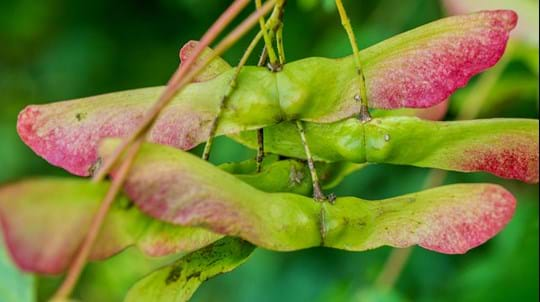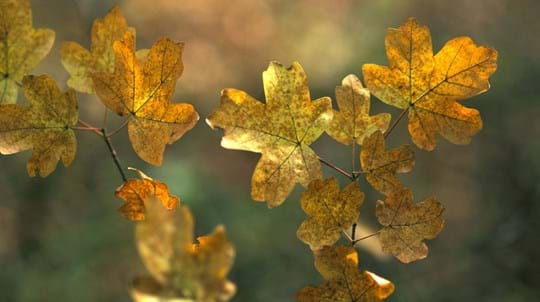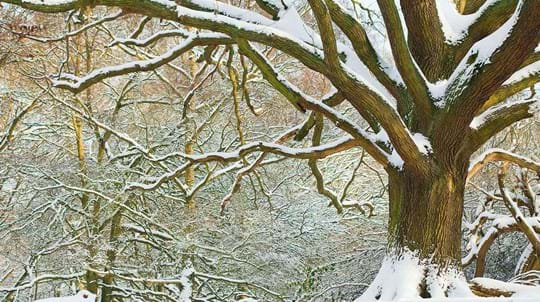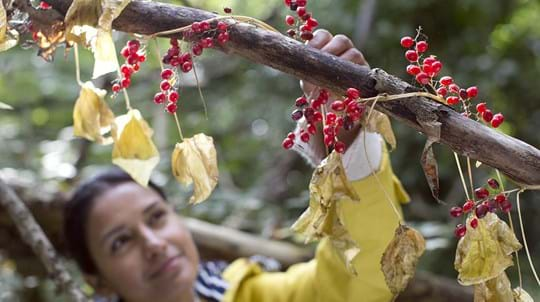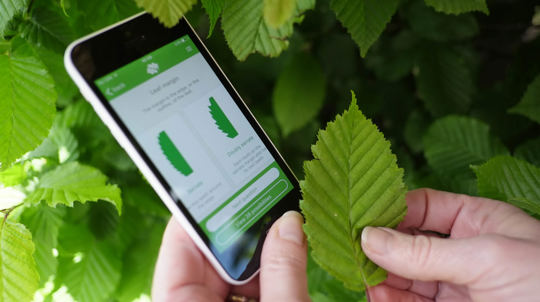
A-Z of British trees
Explore our simple A-Z identification guide to the trees of Britain, from natives to naturalised and widely planted non-native species. You'll find images, tree descriptions and information on where you're likely to find them.
See the list


